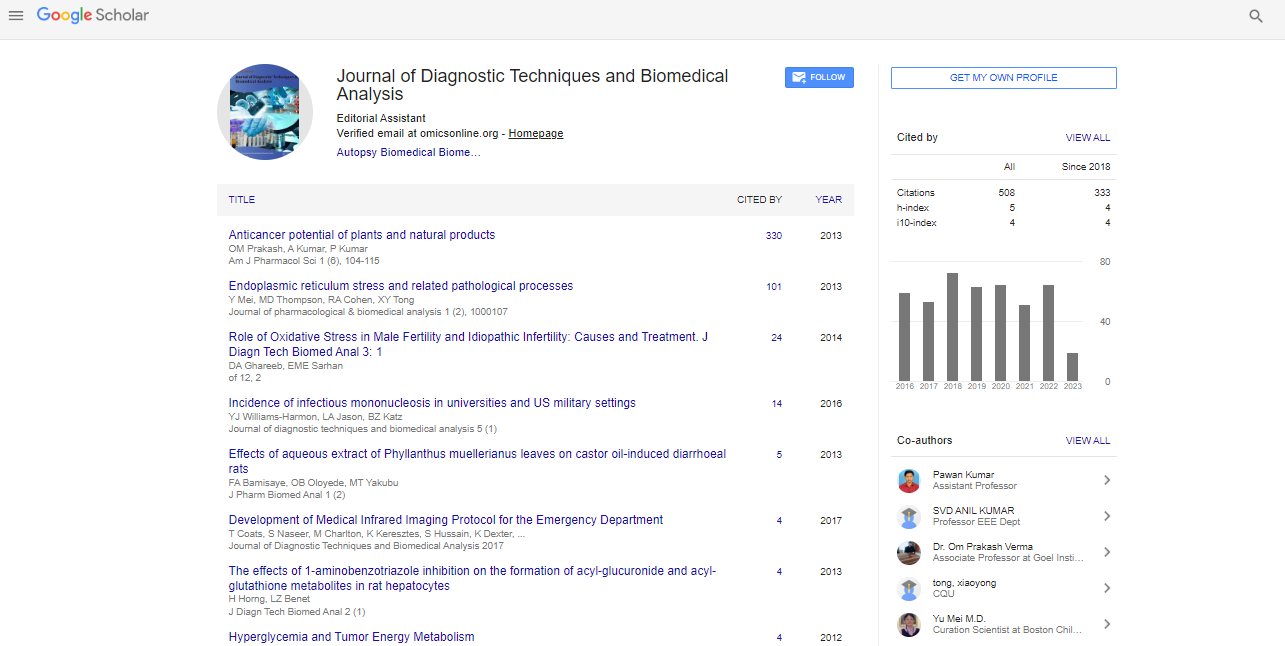The Effects of 1-Aminobenzotriazole Inhibition on the Formation of Acyl-Glucuronide and Acyl-Glutathione Metabolites in Rat Hepatocytes
The Effects of 1-Aminobenzotriazole Inhibition on the Formation of Acyl-Glucuronide and Acyl-Glutathione Metabolites in Rat Hepatocytes
1-Aminobenzotriaole (ABT) is a commonly used non-selective mechanism based human and non-human cytochrome P450 (P450) inactivator. However, the direct effects of ABT mediated P450 inhibition on conjugative metabolism, specifically acyl-glucuronide and acyl-glutathione formation has not been previously investigated. In the present study, we evaluated the in vitro effects of ABT induced inhibition of P450 metabolism on the formation of 1-O-acyl-glucuronides of the carboxylic acid-containing drugs gemfibrozil (GEM), tolmetin (TOL), mefenamic acid (MFA), and diclofenac (DCF), and the S-acyl-glutathione formation of MFA and DCF in rat hepatocytes. In vitro incubations of each carboxylic acid-containing drug (100 μM) separately in rat hepatocytes preincubated (30 min) with ABT (500 μM), resulted in 12.7%, 30%, 37%, and 40% increases in the formation of 1-O-acyl-glucuronides at the 30 min time point for GEM, TOL, MFA, and DCF, respectively. However, in the same incubations, MFA and DCF resulted in little to no difference in maximum glutathione concentrations formed in the presence of ABT, suggesting that the mefenamic acid-S-acyl-glutathione (MFA-GSH) and diclofenac-S-acyl-glutathione (DCF-GSH) formation was not the direct result of their corresponding acyl-glucuronides inherent reactivity.

